E-commerce Expansion
The rise of e-commerce has significantly impacted the oolong tea market, providing consumers with greater access to a variety of products. Online platforms allow for easy comparison of prices and products, enabling consumers to discover and purchase oolong tea from different regions and brands. In 2025, online sales of tea are projected to account for over 30% of total tea sales in the US, with oolong tea being a popular choice among online shoppers. This shift towards digital shopping is likely to continue, further enhancing the visibility and availability of oolong tea in the market.
Innovative Product Offerings
Innovation in product offerings is a key driver in the oolong tea market. Companies are introducing new blends, flavors, and formats, such as ready-to-drink oolong tea beverages and tea-infused snacks. This diversification caters to a broader audience, including younger consumers who seek convenience and novelty. The introduction of organic and sustainably sourced oolong teas is also gaining traction, appealing to environmentally conscious consumers. As of 2025, the market for innovative tea products is expected to grow by 20%, indicating a robust demand for unique and diverse offerings within the oolong tea market.
Cultural Influence and Heritage
The cultural significance of oolong tea, particularly its roots in traditional Chinese tea practices, is influencing its market presence in the US. As consumers become more interested in authentic cultural experiences, the appreciation for oolong tea's heritage is growing. This cultural engagement is reflected in the increasing number of tea ceremonies and educational events focused on oolong tea. The oolong tea market is likely to see a rise in demand as consumers seek to connect with the rich history and traditions associated with this beverage. This cultural influence may contribute to a projected growth rate of 15% in the oolong tea market over the next few years.
Rising Popularity of Premium Teas
The oolong tea market is experiencing a notable shift towards premium and high-quality tea products. Consumers are increasingly willing to pay a premium for specialty teas that offer unique flavors and health benefits. This trend is reflected in the growing number of specialty tea shops and online retailers that focus on high-end oolong varieties. In 2025, the market for premium teas in the US is projected to reach approximately $1.5 billion, with oolong tea capturing a significant share due to its perceived health benefits and artisanal production methods. The emphasis on quality over quantity is reshaping consumer preferences, thereby driving growth in the oolong tea market.
Increased Awareness of Health Benefits
Growing awareness of the health benefits associated with oolong tea is driving consumer interest and demand. Research indicates that oolong tea may aid in weight management, improve heart health, and enhance mental alertness. As consumers become more health-conscious, they are actively seeking beverages that contribute to their overall well-being. The oolong tea market is likely to benefit from this trend, as health-oriented consumers increasingly incorporate oolong tea into their daily routines. By 2025, it is estimated that health-focused products will represent a substantial portion of the tea market, with oolong tea being a prominent player.


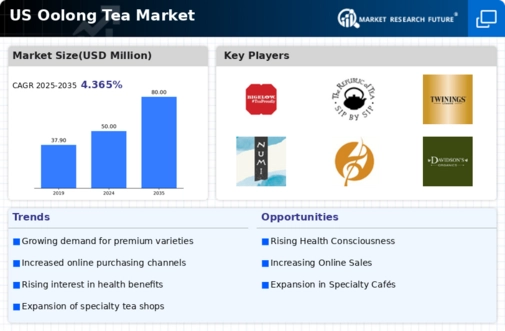
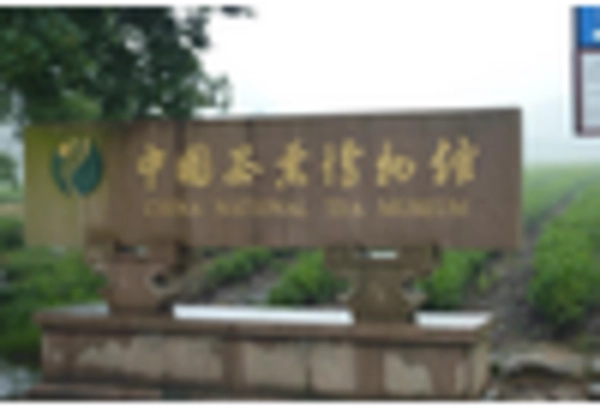

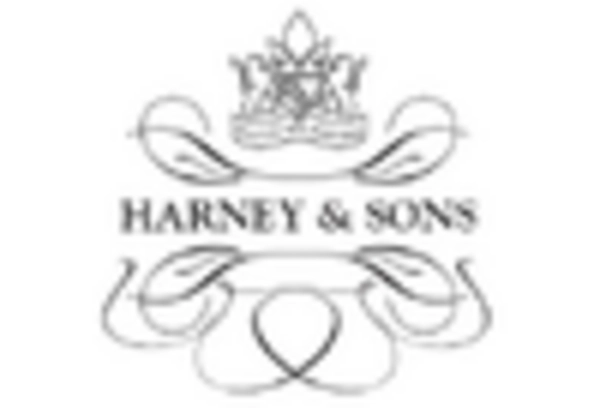
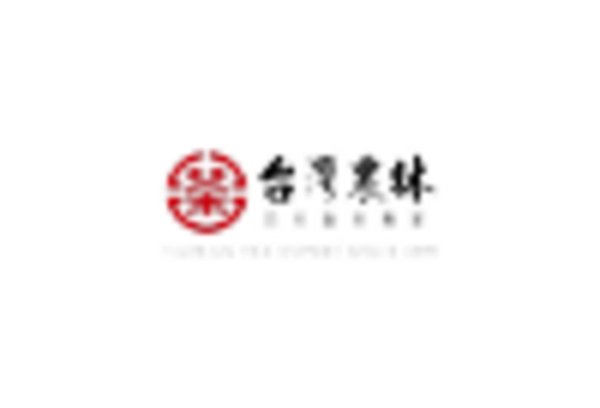
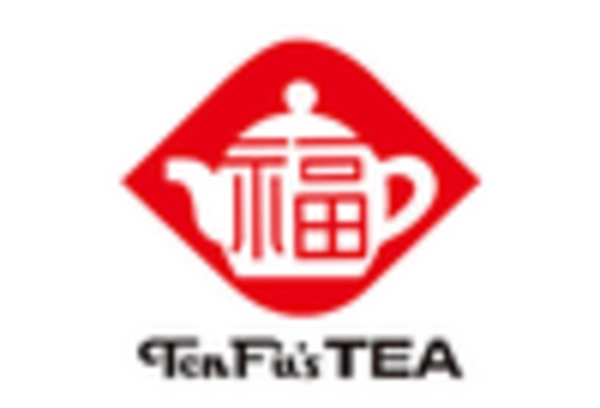
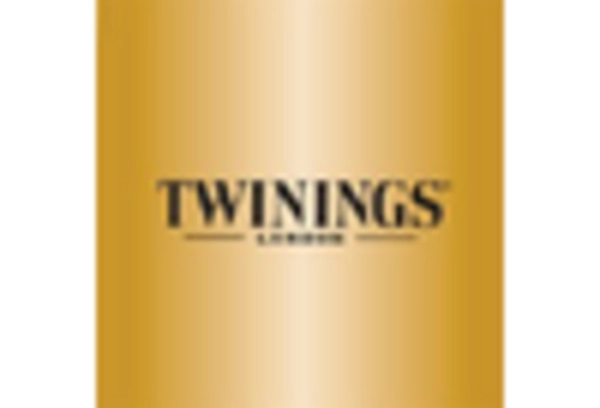








Leave a Comment